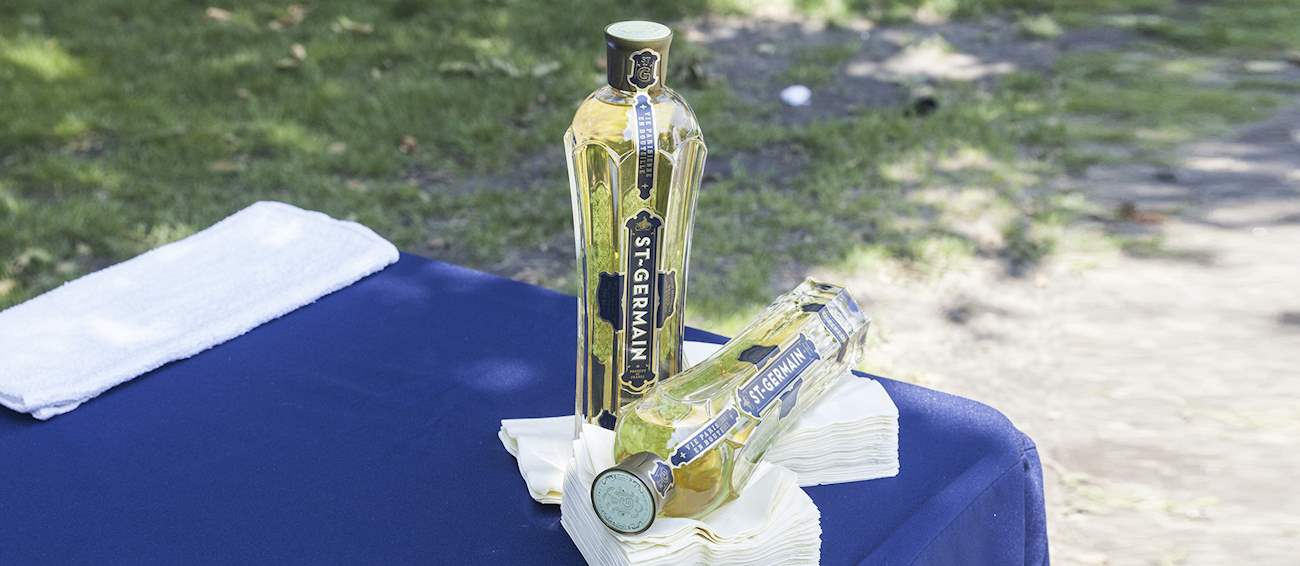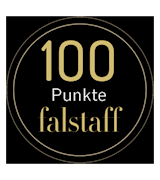TABLE OF CONTENTS
Best French Liqueur Types
Created in 1880 by Louis Alexandre Marnier Lapostolle, Grand Marnier Cordon Rouge (lit. red ribbon) is a sophisticated blend of cognacs infused with the distilled essence of bitter oranges. In addition to Lapostolle's secret touch, the liqueur gets its incomparable roundness by slow aging in French oak casks.
It can be enjoyed neat, used in mixed drinks, or even added to desserts. In France, Grand Marnier is one of the essential ingredients of the famous crêpes Suzette. Apart from the original Grand Marnier, there's also the Cordon Jaune version (lit. yellow ribbon) which is made with a base of neutral grain spirits.
St-Germain is a French elderflower liqueur that was first introduced in 2007. It is produced by an artisanal technique which starts by macerating fresh elderflowers in warm water. The infusion is then filtered and combined with fruit brandy, water, sugar, and neutral grain spirit.
The elderflowers are picked once a year, and it is said that each bottle of St-Germain contains up to a thousand elderflower blossoms. The liqueur is balanced and refined with floral notes and aromas reminiscent of tropical fruit, pear, peach, honeysuckle, and citrus.
Chartreuse is one of the oldest and most popular French liqueurs. It is believed that the drink originates from an ancient manuscript that was sent to the Grande Chartreuse monastery at the beginning of the 18th century. In 1764, the Carthusian Monks decoded the paper and produced the first version of a health elixir that was mostly used as a medicine.
The monks then adapted the recipe in 1840 to create the original Green Chartreuse—the first version of Chartreuse liqueur that is still prepared following a secret formula that includes around 130 herbs, spices, and other botanicals. The macerate is distilled and then aged in oak casks.
This classic triple sec was created by the Cointreau brothers, who managed to distill sweet and bitter orange peels to create a slightly sweet, fresh liqueur with incredibly concentrated flavor. The brand was first registered as triple sec in 1885, and since then it has remained one of the best-selling, premium options. Cointreau is mainly used as the essential ingredient in various cocktails such as the classics Sidecar, Margarita, or Cosmopolitan.
Crème de cassis is a blackcurrant liqueur that has its origins in French Burgundy. Although it is believed that it first appeared in the 16th century, commercial production started in the mid-1800s. The drink is produced by macerating blackcurrants in a neutral spirit.
It is characterized by its dark purple color and a perfect balance of sweetness and subtle tartness. Crème de cassis is mainly used as a cocktail ingredient in classics such as Kir and its numerous varieties, as well as Arnaud, El Diablo, or Vermouth Cassis.
VARIATIONS OF Crème de cassis
Triple sec is a French term for clear, orange-flavored liqueurs. They are traditionally distilled from a macerate of dried orange peels and a neutral spirit. The origin of triple sec is undoubtedly French, though it is disputed who was the first to use and market the term, as well as the true meaning of the name triple sec, which translates as triple dry.
Combier distillery from Saumur claims that their triple sec is the earliest version, first made in 1834, though some name Cointreau as the original producer. Regardless, the two companies are still the biggest competitors and the most important triple sec brands.
VARIATIONS OF Triple Sec
Crème de cacao is a liqueur made from cocoa beans. Depending on the type of production, it can be white (blanc) or dark (brun), and it is often additionally flavored with vanilla. The dark version usually has a more intense flavor.
Unlike chocolate liqueurs, crème de cacao is less sweet and thick. Crème de cacao typically has aromas reminiscent of cocoa, milk, and vanilla. It is presumed that this liqueur style was created in France and that it first appeared in monasteries.
Although it was initially sipped on its own, in the 20th century, it became widely used as a cocktail ingredient.
Crème de mûre is a French-style blackberry liqueur. The drink is traditionally made by macerating blackberries in neutral spirit, while the additions usually include fresh blackberry juice, lemon or lime juice, and a sweetener.
The liqueur should be dark purple and thick, while the aromas and flavors should be reminiscent of fresh blackberries and blackberry jam. This aromatic liqueur can be enjoyed as an aperitif, but it also works well in mixed drinks and cocktails.
Chambord is a raspberry liqueur that was modeled on an ancient liqueur from the Loire valley. The base of the drink is made with a combination of raspberries and blackberries that are macerated in a neutral French spirit. The berry infusion is then blended with only natural essences that include juice of black raspberries and blackcurrants, Cognac, vanilla from Madagascar, honey, and botanicals.
No artificial additions are used in its production. Finally, the master blender will create the final filtered version, which is bottled at 16.5% ABV. The liqueur is dark purple, dense, richly-flavored, silky, aromatic, and not overly sweet. It is a perfect choice for cocktails, and it works especially well mixed with Champagne, vodka, rum, or gin.
Although the true origin of this French herbal liqueur is somewhat mysterious, one theory claims that Alexandre Le Grande obtained the original recipe from a Benedictine monk. Le Grande started to produce the drink under its current name in 1863, and Bénédictine is still produced following the original, secret recipe that includes 27 herbs and spices.
After distillation and careful blending, the final combination is infused with saffron and honey that provide for its typical amber hues and sweetness. Bénédictine is a rich liqueur that displays notes of citrus fruit, spices, and herbs.
TABLE OF CONTENTS
Best French Liqueur Producers
AWARDS
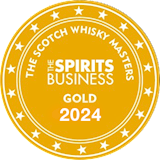
The Scotch Whisky Masters - Gold
2024
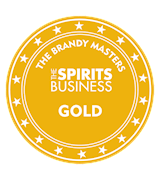
The Brandy Masters - Gold
2023, 2022
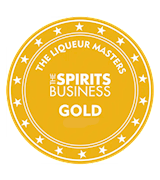
The Liqueur Masters - Gold
2023
BEST Bardinet Spirits
AWARDS

ISC-International Spirits Challenge - Double Gold
2023, 2020, 2019
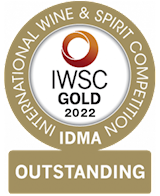
IWSC- International wine & spirit competition - Spirit Gold Outstanding
2022

IWSC- International wine & spirit competition - Spirit Gold
2019
BEST Distillerie Merlet & Fils Liqueurs
AWARDS

IWSC- International wine & spirit competition - Spirit Gold
2024

IWSC- International wine & spirit competition - Spirit Gold Outstanding
2022

IWSC- International wine & spirit competition - Vodka Gold Trophy
2022
BEST Distillerie Combier Liqueurs
Cognac François Peyrot is a family-owned distillery located in the heart of the Grande Champagne region, a premier area for cognac production. Their vineyard, known as "Les Bergeronnettes," spans 28 hectares and is entirely dedicated to cultivating grapes for the production of high-quality cognac.
The Peyrot family's history in viticulture dates back to 1893, when their great-grandfather Jean Baptiste began growing vines. In 1956, Jean and Mathilde Peyrot established the distillery and started producing cognac. In 1971, their successors, François and Gisèle, launched the first cognac under their own brand, "Cognac François Peyrot." Today, the distillery produces a wide range of cognacs, including VS, VSOP, Napoleon, and XO, as well as cognac-based liqueurs, such as the renowned Williams Pear Liqueur.
AWARDS

World Liqueur Awards - Country Winner
2024
BEST DISTILLERIE GENESTINE Liqueurs
Ferrand Cognac is a prestigious and renowned producer of high-quality cognac, based in the heart of the Cognac region in France. Founded in 1989 by Alexandre Gabriel, Ferrand is dedicated to producing premium, artisanal cognac using traditional methods and the finest ingredients.
The brand is known for its focus on craftsmanship, blending heritage with innovation, creating some of the most refined and well-respected cognacs in the world. Ferrand Cognac uses grapes from the renowned Grande Champagne and Petite Champagne crus, the top-rated regions in Cognac production.
AWARDS
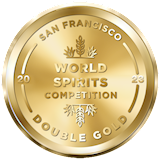
SFWSC - San Francisco World Spirits Competition - Double Gold
2023
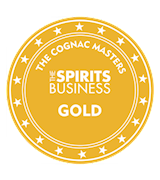
The Cognac Masters - Gold
2022
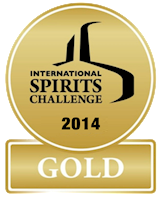
ISC-International Spirits Challenge - Gold trophy
2014
BEST Ferrand Cognac Spirits
ABK6 Cognac is a prestigious brand created in 2005 by Francis Abécassis. The name "ABK6" is a condensed version of the family name and represents the fusion of tradition and modernity. The brand focuses on producing Single Estate Cognac, meaning the entire process, from vineyard cultivation to bottling, is handled on their own estate.
This ensures a unique and high-quality product that reflects the expertise of their Master Blender. ABK6's offerings include a wide range of cognacs, all crafted with meticulous attention to detail and respect for tradition.
AWARDS

SFWSC - San Francisco World Spirits Competition - Double Gold
2024, 2023
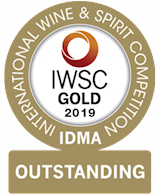
IWSC- International wine & spirit competition - Spirit Gold Outstanding
2021, 2019

IWSC- International wine & spirit competition - Spirit Gold
2020, 2019
BEST ABK6 Cognac Spirits
Maison Brillet, founded in the 17th century in the Charente region of France, is renowned for its high-quality cognacs and liqueurs. Their most famous product, Belle de Brillet, is a unique liqueur that combines the intense fruitiness of Williams pears from the Anjou region with the delicate complexity of cognac.
Each 700 ml bottle of this liqueur contains the equivalent of 18 pears, without any added artificial colors, flavors, or caramel.
AWARDS

SFWSC - San Francisco World Spirits Competition - Double Gold
2024

The Liqueur Masters - Gold
2022

World Liqueur Awards - Country Winner
2024
BEST Belle de Brillet Liqueurs
AWARDS

ISC-International Spirits Challenge - Double Gold
2023

The Cognac Masters - Gold
2023, 2022

The Cognac Masters - Master
2023
BEST A de Fussigny Spirits
TABLE OF CONTENTS
Best French Liqueurs
AWARDS
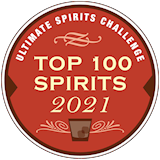
USC- Ultimate Spirits Challenge - Top 100
2023, 2022, 2021

USC- Ultimate Spirits Challenge - Chairman's Trophy
2021
AWARDS
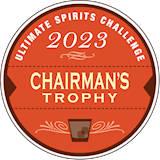
USC- Ultimate Spirits Challenge - Chairman's Trophy
2023
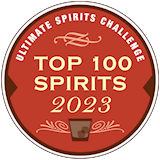
USC- Ultimate Spirits Challenge - Top 100
2023
AWARDS

World's Best Mint/Menthol - Winner
2024

World Liqueur Awards - Country Winner
2024
Cognac François Peyrot's Liqueur de Mûre is a refined blackberry liqueur crafted by blending natural blackberry aromas with their signature Grande Champagne Cognac. This harmonious combination results in a rich, garnet-red liqueur with an alcohol content of 18%.
Ideal when served chilled or over ice, this liqueur makes an excellent choice for a French aperitif. It's also a superb ingredient for creating a delightful Kir Royal by adding a splash to sparkling wine. This liqueur exemplifies the Peyrot family's dedication to producing high-quality, naturally flavored Cognac liqueurs, offering a genuine taste of French craftsmanship.
AWARDS

London Spirits Competition - Gold
2024
AWARDS

IWSC- International wine & spirit competition - Spirit Gold Outstanding
2022
AWARDS

ISC-International Spirits Challenge - Double Gold
2023
The ABK6 Orange Liqueur is a delightful blend of high-quality cognac and natural orange flavors, crafted to perfection by ABK6. This liqueur combines the richness of aged cognac with the vibrant zestiness of oranges, creating a harmonious and refreshing taste profile.
On the nose, it offers enticing citrus aromas with subtle hints of vanilla and oak. The palate reveals a smooth and well-balanced sweetness, with the cognac's depth complementing the bright orange notes. Perfect for sipping neat, on the rocks, or as a versatile ingredient in cocktails, it adds a touch of elegance to any occasion.
AWARDS

SFWSC - San Francisco World Spirits Competition - Double Gold
2023
AWARDS
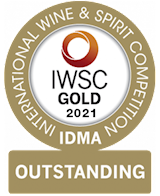
IWSC- International wine & spirit competition - Spirit Gold Outstanding
2021
AWARDS
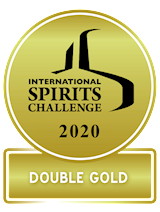
ISC-International Spirits Challenge - Double Gold
2020
AWARDS
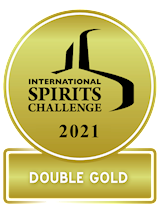
ISC-International Spirits Challenge - Double Gold
2021
TasteAtlas food rankings are based on the ratings of the TasteAtlas audience, with a series of mechanisms that recognize real users and that ignore bot, nationalist or local patriotic ratings, and give additional value to the ratings of users that the system recognizes as knowledgeable. TasteAtlas Rankings should not be seen as the final global conclusion about food. Their purpose is to promote excellent local foods, instill pride in traditional dishes, and arouse curiosity about dishes you haven’t tried.
